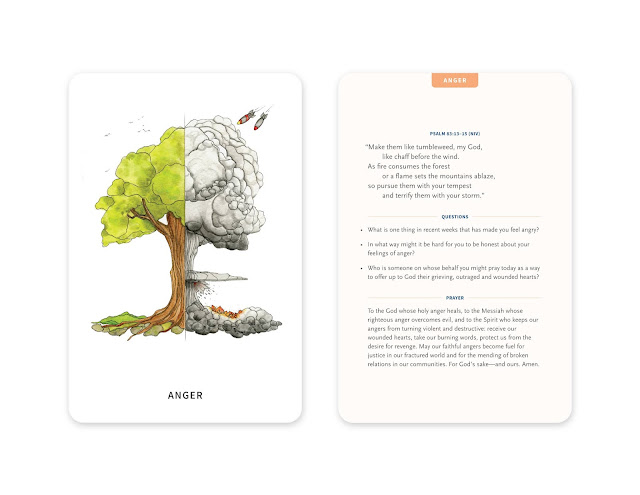Pedagogical Perspectives on worship, theology and art: Part II
This is part 2 of an extended series of pedagogical reflections, which, as you have probably already guessed, follows upon on part 1.
2. The lack of a
common vocabulary with respect to art, theology and worship.
A lack of common vocabulary makes
it difficult to engage a fruitful discussion in this field, especially when
teachers and students use terms at cross-purposes. This is compounded by the
fact that students will come un-equally prepared to discuss the arts, whether
as a general category or with respect to any given media. As with any other
discipline, the arts involve a high degree of specialized terminology, which
few of us, unfortunately, have been trained to use intelligently. One common
point of confusion is the term itself, art.
Considering the multiplicity of contexts in which it is employed, from religion
to commerce, from MFA departments to NFL Highlight Videos, the term can refer to a wide semantic
range. What it means to classical Greek philosophical contexts will vary significantly
from Medieval, Modern or contemporary contexts.
At a popular level, for instance, the term is often, and regrettably,
used synonymously with visual art. (Why this is so continues to befuddle me. It
also leads to curious but persistent and not terribly helpful pairings such as
“art and literature” or “art and music,” as if the latter did not also belong
to the genus of art.)
A second arena of vocabulary will
involve Christian theology. Here we have not only a linguistic problem, we also
have a problem of general ignorance regarding the doctrines and practices of Christian
faith as they have developed throughout history. While the lay Christian will
have heard the term Trinity, for example, they may not fully understand what it
means or why it matters. Liturgical historian Lester Ruth, to use a practical
example, begins his worship courses by posing to his students the question, “If
God is Triune, what does that mean for Christian worship?” If a student lacks sufficient
grasp of this key doctrine, our ability to make fruitful connections between
art, worship and theology will be significantly limited. This is compounded, in
turn, by the polysemic function of the term “worship” in Holy Scripture.
What
is the effect of this lack of common vocabulary? In the context of a
classroom there will be the potential for repeated miscommunication.
How
might I respond to this challenge? I could begin with an exercise that
invites the students to participate together in a concentrated task. We could
take one aspect of corporate worship, say the visual and architectural
arrangement of space, and explore how this space reveals or distorts a
christological understanding of the church. I could take the students through a
series of questions:
·
What do you see? What do you not see?
·
How does this space frame the worshiper’s
experience?
·
What loves are being advanced by this space?
·
What beliefs inhere in this space?
·
To what ends does this space point the
worshiper?
·
How might the space need to change or be used
differently in order to counter negative or deficient christological
understandings and to form the people of God in a fuller experience of Christ, whom
the Scriptures present to us as fully divine, fully human?
With this line of questioning, we
might discover the ways in which art-related data (for example, ideas about
physicality, the senses, the emotions, the imagination or beauty) might open up
or close down certain christological realities (for example, ideas about God’s
strangeness and familiarity, about covenant and table, about what it means to
be “together,” about our en-earthed and contextual place in the world, and so
on).
What
would be the hoped-for outcome? A relatively efficient access to basic
vocabulary related to theology, art and worship that might then generate a common
vocabulary, a common space, and a more fruitful common task.













Comments